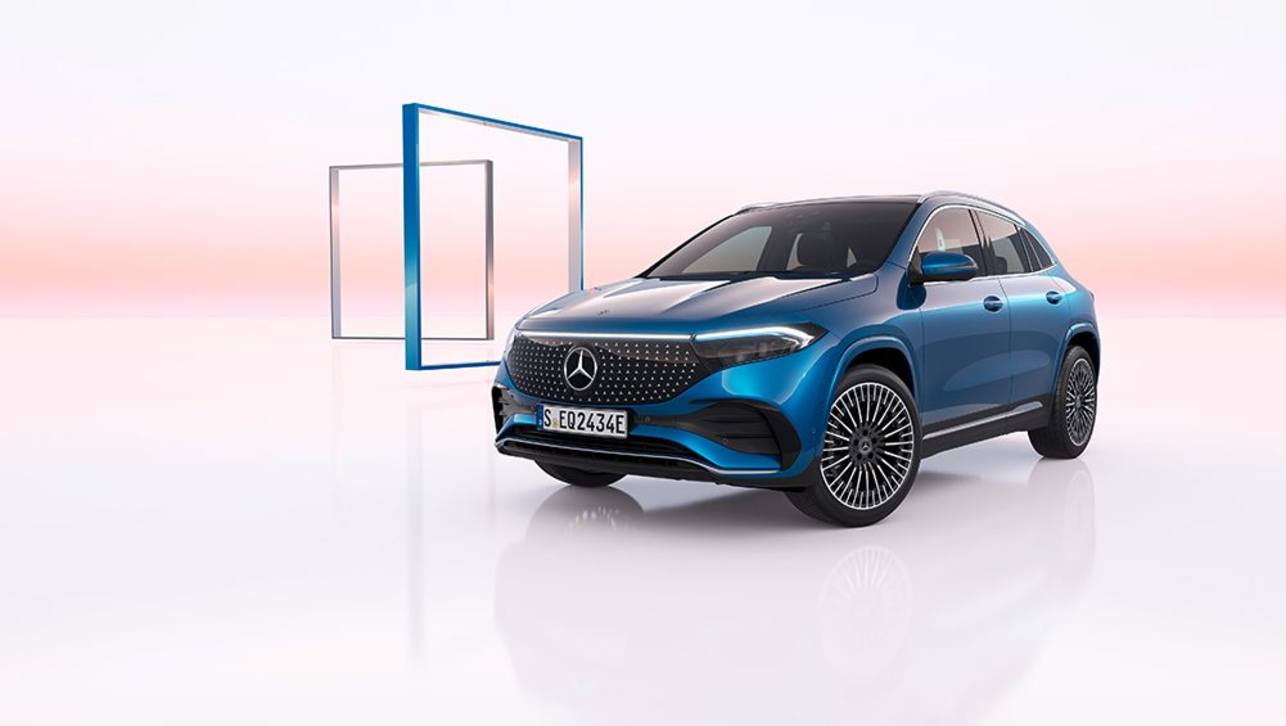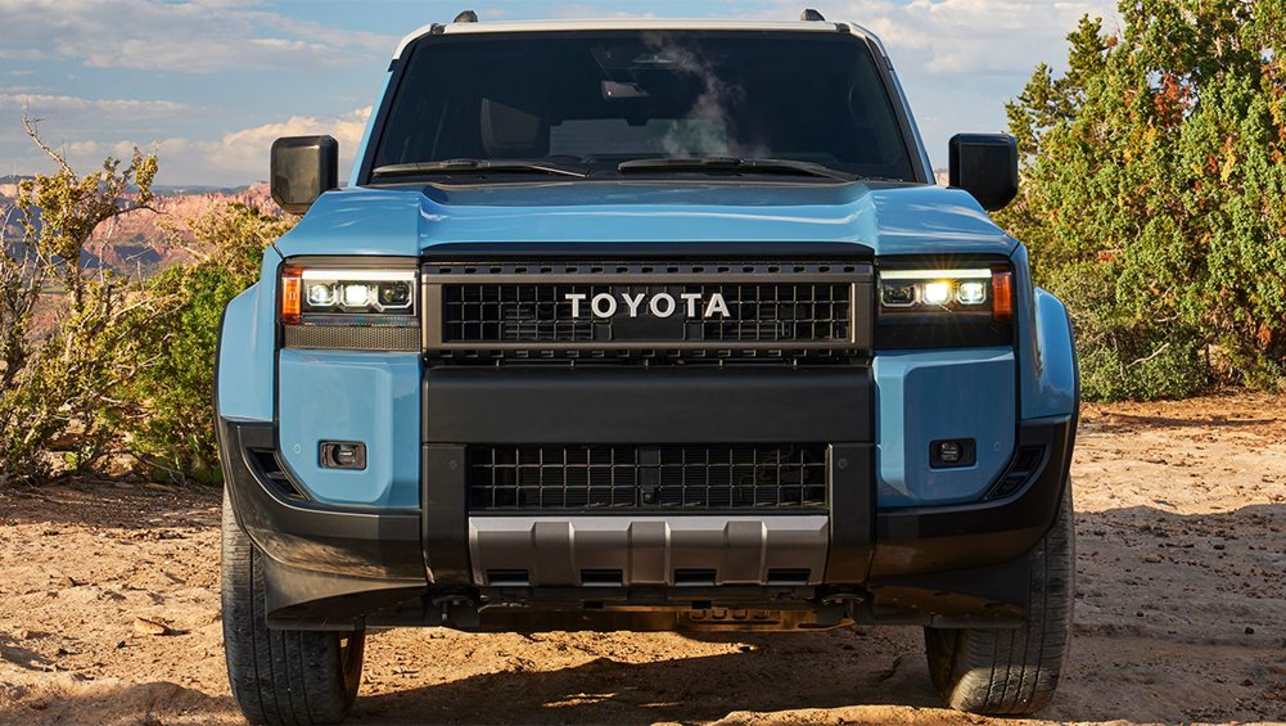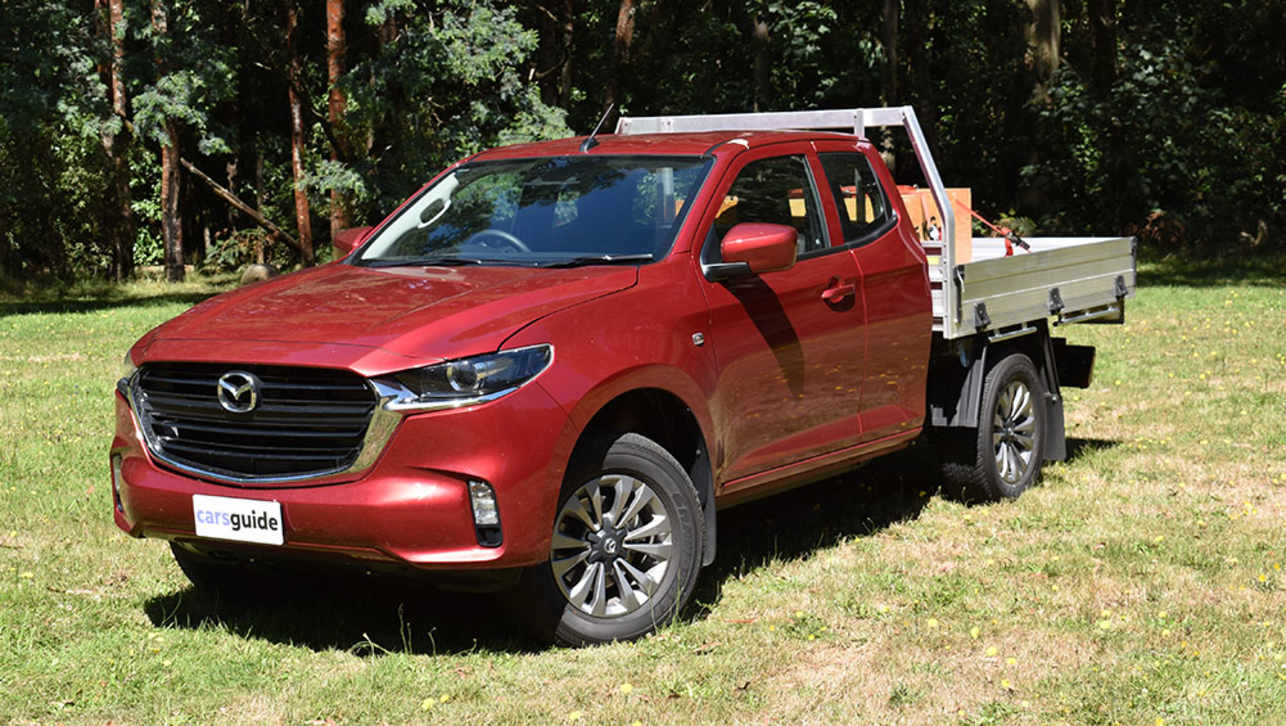Mazda Australia will remain invested in offering diesel engine options for its SUVs, despite the oil burning variants waning in popularity and accounting for few sales overall.
For January, the sales split between petrol and diesel in its CX-8 large SUV was 77.24 per cent in favour of the former, with the latter account for just 130 units out of a total 571.
As for the CX-5, around 102 diesels were sold last month compared with 1979 petrol variants, making just 4.9 per cent in diesel.
However, a Mazda Australia spokesperson told CarsGuide that the low uptake last month is also due to the fact that updates for both SUVs are planned soon, with existing stock being in runout and to “allow a couple of months before checking the trend”.
Looking at last year’s sales figures, 6.4 per cent of the CX-5’s 21,979 sales were in diesel, while the oil-burning variant of the CX-8 accounted for 36.5 per cent of the nameplate’s overall 3738 volume.
.jpg)
This means diesel engines only made up around 1407 CX-5s and 1364 CX-8s in 2020.
Aside from the Isuzu-built BT-50 ute, a diesel engine is not offered in any of Mazda’s other models, with the powertrain discontinued in the Mazda6 and CX-3 in May 2019 and April 2020 respectively due to low customer demand.
The Mazda Australia spokesperson said the brand will continue to offer the falling-out-of-favour powertrain though, as long as the option is made available in right-hand-drive cars.
“In terms of diesel, we will shortly be announcing updated CX-5 and CX-8 and diesel will continue to be offered,” they said.
“There remains space in the medium and large SUV segments for this alternative.”
_0_0.jpg)
Other brands such as Toyota, Ford and Subaru have in recent years ditched diesel in their mid-size SUV line-ups, opting instead for petrol-electric hybrid powertrains.
In fact, the RAV4 Hybrid was so popular in 2020 (selling 26,398 units to make up 68.5 per cent of the nameplate’s total sales), if it were a standalone model it would have still been the best-selling SUV in Australia.
The Ford Escape has ditched diesel in its latest generation update, opting to offer a plug-in petrol-electric hybrid SUV as its range-topper due to land late in 2021, while Subaru’s Forester also moved away from oil-burners in its current-gen guise.
However, Volkswagen recently reintroduced a diesel engine to its Tiguan line-up, while Hyundai’s Tucson, Kia’s Sportage and Nissan’s X-Trail all have oil-burning options – at least for now.
.jpg)
Mazda launched the CX-8 in mid-2018 as a diesel-only seven-seat model, complimenting the petrol-only CX-9. However, in early 2020 a petrol version was launched that now accounts for the bulk of its sales.
“Mazda continues to strive for choice in its product offering, and our relationship with Mazda Corporation … means we can tweak, update and change with freedom,” the spokesperson said.
“If there is an option available to us in right-hand drive and we feel there is a good fit here (and of course, the business case works), we are interested in progressing.
“Further, choice also enables to offer things like CX-3s and CX-5s with manual transmissions. These may be considered niche offerings; however, it gives the customers options.”



.jpg)

.jpg)
.jpg)


.jpg)
.jpg)
.jpg)

.jpg)
.jpg)

.jpg)

.jpg)






_0.jpg)




Comments